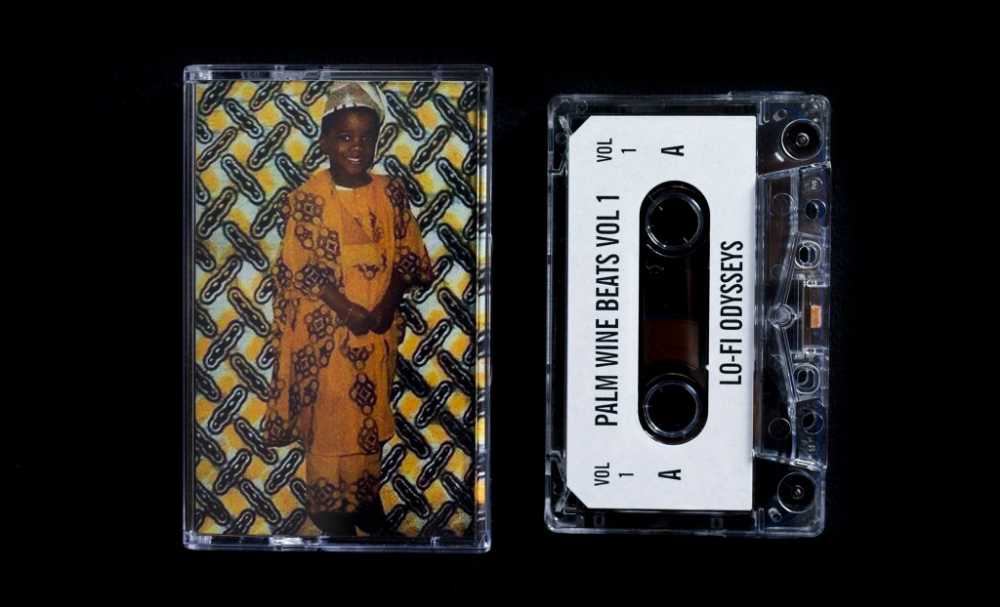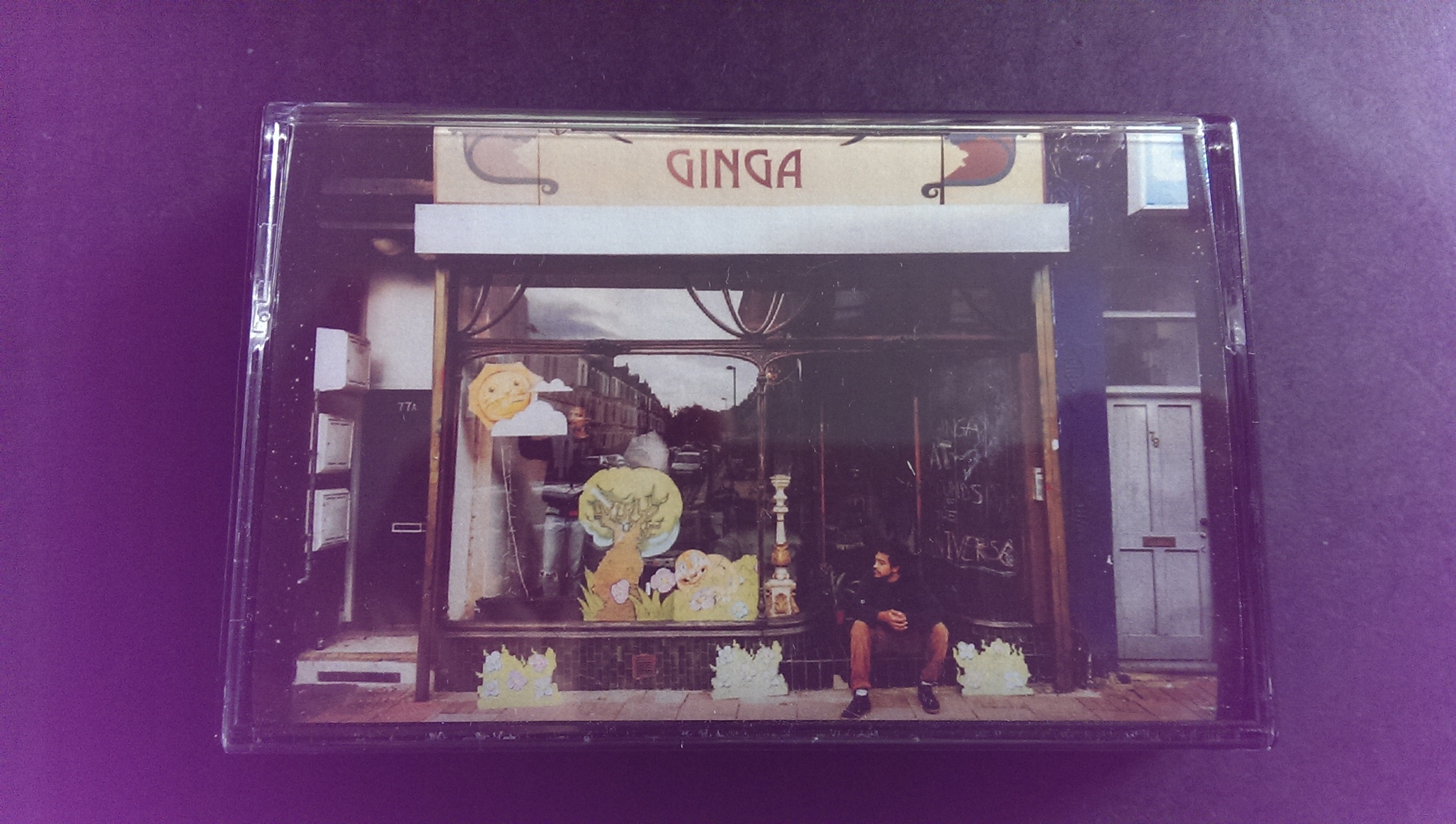For many of us, they soundtracked our youth and introduced us to the art of the mixtape, not forgetting those endless hours of amusement pushing buttons and untangling jams. But is the cassette revival anything more than a nostalgia trip or hipster trend?
Vinyl’s back. A familiar headline over the past few years, whether you are talking about the UK or US market. Last year the former enjoyed its first year of one million-plus sales since the nineties’ Britpop era, while record revenues in the latter exceeded that of ad-supported streaming platforms. What continues to surprise many though, is the sustained comeback of the cassette.
Survey the marketplace and specialist labels appear to be thriving, offering expertly curated releases with indulgent artwork. Take Awesome Tapes from Africa (archivist and DJ Brian Shimkowitz’s dusty finds from the Motherland), Burger Records (LA garage rock store that’s sold more than 300,000 tapes since it opened in 2007), Manchester’s Sacred Tapes (noise artfully packaged with letterpress-printed insert and the odd incense head), Opal Tapes (experimental electronica) and limited edition industrial ambience on Umor Rex.
Newer labels are getting in on the act, offering more futuristic sounds such as the dub techno on Cong Burn Tapes and outsider acid excursions on Seagrave Records while San Diego’s Bonding Tapes presents a more abstract, intergalactic take on the classic beat tape. In short, the breadth of spooled music available in 2016 is astounding.
This is no niche enterprise, either. Over the past 24 months major label artists such as The Weeknd, Justin Bieber and Marina and the Diamonds have released albums on cassette. Last year the NAC (National Audio Company), the leading cassette manufacturer in the US, had its best year since 1969. They now employ their own graphic artists and produce their own machine parts to satisfy demand.
There is even a Record Store Day international offshoot event called, you guessed it, Cassette Store Day, which celebrates its fourth anniversary on 8 October. Incidentally, the two biggest-selling releases in the history of Record Store Day, according to co-founder Michael Kurtz were cassettes – a mixtape for Guardians of the Galaxy and Metallica's No Life 'Til Leather.
So what’s sparked this movement? A good person to ask is POST/POP label founder Jed Shepherd, one of the biggest tape enthusiasts out there. “This is a tangible rectangle you can hold and kiss and love, which makes all the difference,” he says. “You have more of a connection with your favourite artists than with cold mp3s.”
Artist Daniel Oduntan, who released the first of his acclaimed Palm Wine Beats series as Lo-fi Odysseys on POST/POP, argues that a tape’s limitations can also be its strengths. “There is a whole generation of people that have never experienced physical media,” he observes. “We need to get back to that. The digital age can be toxic. The human mind can only absorb so much information. So slowing down and taking your time is a beautiful thing, and the tape allows you to do that.”
Lo-fi Odysseys' Palm Wine Beats mixtape
Using the same stock and duplication methods can even produce a signature sound imprint, creating what Opal Tapes’ Stephen Bishop has dubbed the “fifth band member” effect. For Oduntan, it's the ephemerality of the medium that really appeals. “The tape is constantly changing,” he says. “That’s interesting to me. It will grow old as I grow old, revealing other nuances. This adds to the art more than it takes away. Anyway, there’s nothing stopping you from listening to the digital file that most people offer with a tape.”
Although typically produced in modest runs of between 50 and 200, at a cost of about £2 per unit, tapes do provide a valuable additional revenue stream for artists. “You play a gig, you might have records on sale, but who has £25 burning a hole in their pocket nowadays?” asks Shepherd. “However, most people will have £5 they can throw at a band they've just seen, so it's a way of earning what might otherwise have been lost.”
Upcoming producer Wu-Lu fondly recalls singing along to a tape of The Fugees in his mum’s car and falling asleep to the tales of Asterix and Obelix. When the time came to release his debut album Ginga, he chose a low-cost, high-commitment format that listeners could actually hold. “I put it out on tape because I wanted my first release to be a homage to the way that I was exposed to music, as a stream of consciousness,” he explains. “That’s why the whole album was mixed together … almost as one long track.”
Wu-Lu's Ginga tape, which he launched with an in-store performance at record shop Sounds of the Universe in London
Cassette is also a great medium for trying new ideas and being more spontaneous. Exhibit one: Berlin-based Klasse Recordings and their Graffiti Tapes, aimed at writers that make music and vice versa. Over in LA, Leaving Records founder Matthewdavid is using tapes to turn a new generation of listeners on to new age music and promote what he calls “the art of long-form listening”. Following on from the Laraaji reissue package, his Modern New Age series continues a longstanding tradition of pioneering DIY American music, both in body and spirit. Each tape is designed to be “a mindful, meditative, ‘beatiful’ hand-assembled art piece”.
A parallel is often drawn between tapes and files, and cinema and Netflix. Tapes offer more than good value. They are fulfilling a deeper need, particularly among those who have only ever known digital. But will major label interest kill the countercultural spirit of this outsider culture? Tristan Bath thinks not. He hosts Spool's Out, which is a weekly cassette culture radio show on Resonance FM and a monthly tape reviews column on UK music site The Quietus. Bath says this tape community reaches “as far as the internet goes”, with labels producing “labours of love”and even helping to lower postal costs by distributing each others’ releases.
“Nobody's afraid to put their music out on tape,” he adds, “from harsh noise to power pop. Most of these DIY labels are doing limited runs (under 100) and for the most part it's weird music for weird people. The fact that several thousand people might have a copy of that Guardians of the Galaxy mixtape won’t change the fact this music is often niche.”
Ironically, one undisputed driver will be technology. More and more retailers are offering players – from walkmans at Urban Outfitters to twin decks on the high street – while Sony recently announced a 185 terabyte tape for our lossless pleasure. Audiophile collectors, meanwhile, can hunt for treasure such as this.
CDs scratch and can alienate. Vinyl is ultimately a luxury. Tapes, on the other hand, are little affordable objects of desire, like a handwritten letter to a fan. Some are still being popped in to car decks and players decades after being opened. I think they call that staying power.




